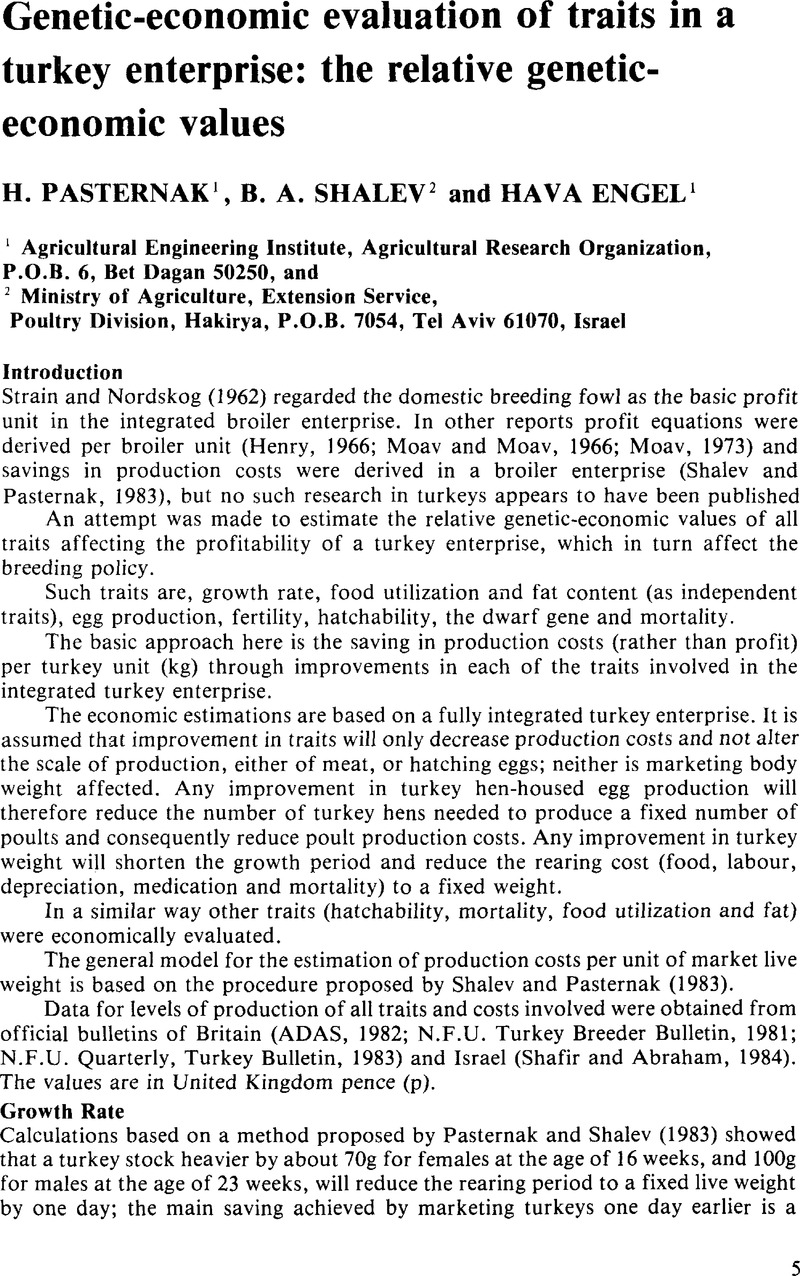Crossref Citations
This article has been cited by the following publications. This list is generated based on data provided by Crossref.
Shalev, B.A.
and
Pasternak, H.
1989.
Meat production efficiencies of turkey, chicken and duck broilers.
World's Poultry Science Journal,
Vol. 45,
Issue. 2,
p.
109.
Nestor, KE
Noble, DO
and
Emmerson, DA
1997.
Genetics of growth and reproduction in the turkey. 13. Effects of repeated backcrossing of an egg line to two sire lines.
Poultry Science,
Vol. 76,
Issue. 2,
p.
227.
SHALEV, B. A.
and
PASTERNAK, H.
1999.
Genetic-economic evaluation of traits in a goose meat enterprise.
British Poultry Science,
Vol. 40,
Issue. 2,
p.
221.
Nestor, K.E.
Anderson, J.W.
Patterson, R.A.
and
Velleman, S.G.
2006.
Genetics of Growth and Reproduction in the Turkey. 16. Effect of Repeated Backcrossing of an Egg Line to a Commercial Sire Line
.
Poultry Science,
Vol. 85,
Issue. 9,
p.
1550.





